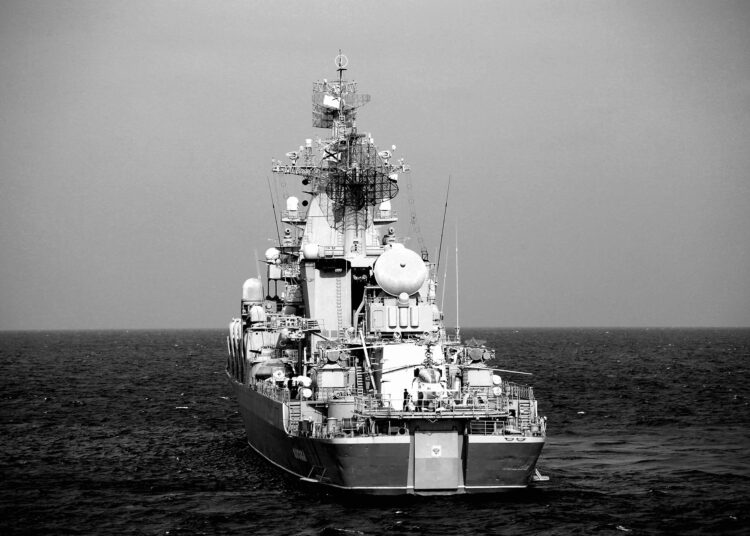Naval warfare has been a crucial aspect of military strategy for many centuries, with battleships, aircraft carriers, and submarines playing significant roles in shaping the course of history. Battleships, dominating the late 19th and early 20th centuries, were heavily armored and armed warships designed for direct combat. Aircraft carriers emerged as game-changers in the early 20th century, projecting air power over long distances. Meanwhile, submarines provided stealth and lethal capabilities beneath the ocean’s surface. As technology advances, naval forces continue to innovate, developing new platforms and capabilities to meet the challenges of modern warfare. This article will explore the evolution of naval warfare through the ages, focusing on these three formidable warships.
Naval Warfare Through the Ages: A Study of Battleships, Aircraft Carriers, and Submarines
Introduction
Naval warfare has been a critical component of military strategy for centuries, as sea power has played a decisive role in shaping the course of history. Throughout history, various types of naval vessels have been used in warfare, including battleships, aircraft carriers, and submarines. In this article, we will explore the evolution of naval warfare through the ages, focusing on these three types of warships.
Battleships
Battleships were the dominant capital ships during the late 19th and early 20th centuries, serving as the backbone of naval fleets. These heavily armored and heavily armed warships were designed to engage enemy ships in direct combat, using their massive guns to inflict maximum damage. Battleships played a crucial role in naval battles such as the Battle of Jutland during World War I, where they faced off against the German High Seas Fleet.
Evolution of Battleships
Over time, battleships evolved in size, armament, and technology, with innovations such as steam power, armor plating, and advanced gun systems. The advent of the dreadnought battleship in the early 20th century revolutionized naval warfare, with its all-big-gun configuration and high speed making traditional battleships obsolete.
Aircraft Carriers
Aircraft carriers emerged as a new type of warship in the early 20th century, designed to launch and recover aircraft for reconnaissance, strike, and air defense missions. The aircraft carrier proved to be a game-changer in naval warfare, allowing for the projection of air power over vast distances and enabling naval forces to strike deep into enemy territory.
Role of Aircraft Carriers
During World War II, aircraft carriers played a crucial role in major naval battles such as the Battle of Midway, where carrier-based aircraft decisively turned the tide of the conflict in the Pacific Theater. Today, aircraft carriers remain the centerpiece of modern naval fleets, serving as the primary platform for power projection and force projection.
Submarines
Submarines have also played a significant role in naval warfare, serving as stealthy and deadly undersea vessels capable of launching torpedo attacks and conducting reconnaissance missions. Submarines provide a strategic advantage by being able to operate undetected beneath the surface of the ocean, posing a threat to enemy ships and naval forces.
Evolution of Submarines
Submarines have evolved over time in terms of their propulsion systems, hull designs, and weaponry, with advances such as nuclear propulsion, ballistic missiles, and stealth technology making them even more formidable. Submarines have been used in various conflicts, such as the Battle of the Atlantic during World War II, where German U-boats waged a deadly campaign against Allied shipping.
Conclusion
Naval warfare has seen significant developments over the centuries, with battleships, aircraft carriers, and submarines playing key roles in shaping the course of history. As technology continues to advance, the capabilities of naval forces will only continue to grow, with new innovations and platforms being developed to meet the challenges of modern warfare.












